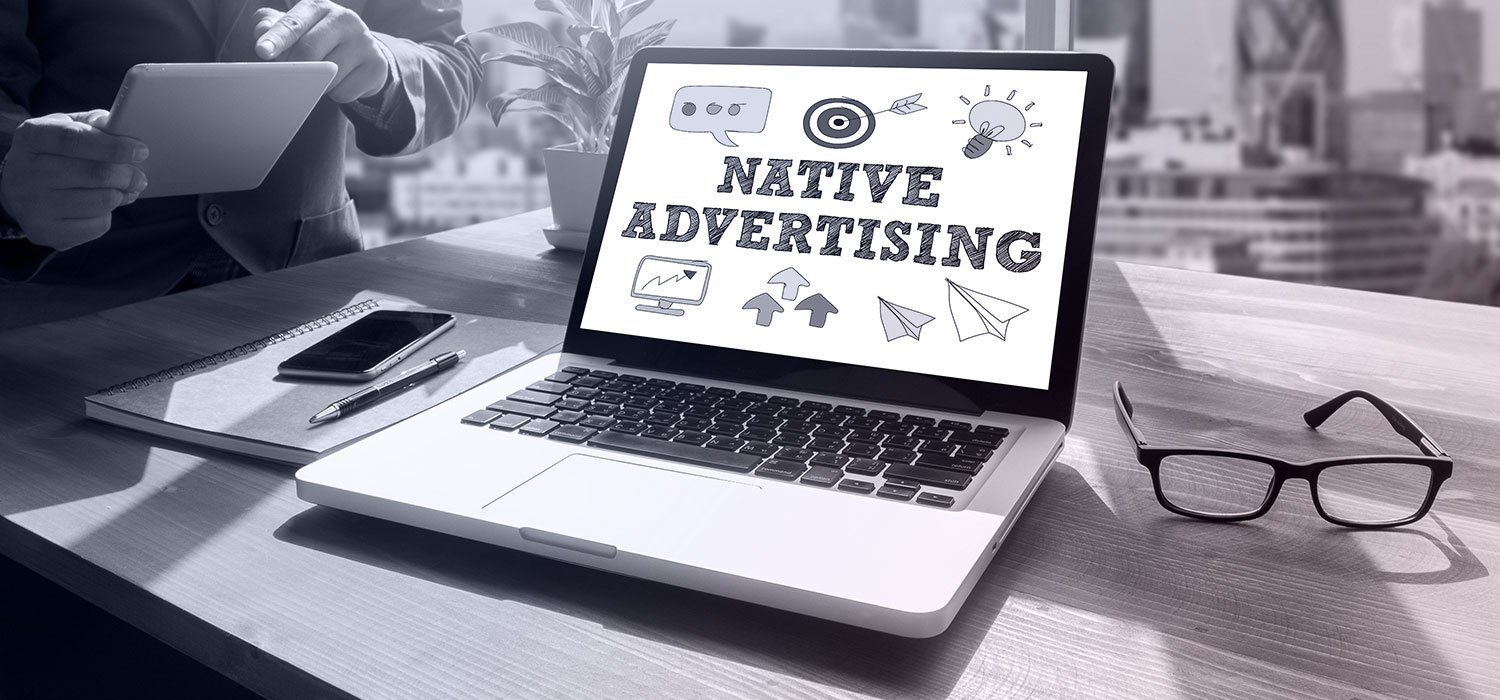Interested to find out more about how our contextual advertising can help you boost your brand?
For Advertisers For PublishersGet the latest news about Contextual Advertising right into your inbox!
Over the past couple of years, you may have come across this term, “zero party data” when reading about first party data and third party cookies and leveraging digital advertising tools and platforms for your business. Created by an analyst from Forrester in 2018, zero party data is data related to preferences and intent that a customer has shared, willingly and intentionally, with a brand or business, in answer to certain questions.
Those questions encompass what the consumer is looking for (his or her wants or needs), why they are looking for it, how and even when they want to be contacted (modes of communication and timings of calls, emails, texts, etc.). Zero-party data includes preference center data, purchase intentions, personal context, and how a consumer wants to be seen or recognized by a brand. In other words, it is the consumer telling you what, when, why, where, and how. And since the data comes straight from the horse’s mouth, as it were, brands and marketers get more trustworthy and quality information that leads to actionable insights – i.e., advertising campaigns.
Zero, first, second, third – what’s behind the numbers?
Third-party data is gathered through third-party sources, not off the brand’s site directly. Third-party sites like social networks track activity within a brand’s site to then retarget in third-party sites like walled gardens. Third party data is sold by others to the brand and is not a direct communication between brand and consumer. Second-party data is data that a company sells after collecting it from consumers directly. Like zero-party data, first-party data too is data that a brand has itself, directly collected from the customer. However, where first-party data is based on online behavior and tracking the customer (including their purchases) with their knowledge, zero-party data is directly given to the brand by the consumer and therefore reduces the guesstimates and guesswork when it comes to advertising to them.
What zero party data brings to the table
Utilizing zero-party data brings improved transparency and trust between consumer and brand, higher quality data for the brand, and the ability to create a truly personalized customer experience. You create more effective campaigns and can improve the efficacy of targeted personalization, since you have first-hand knowledge about your target audience’s preferences, intent, interests, and motivation. Plus, since this is data your brand has got directly and voluntarily from its customers, it is inexpensive and risk-free.
Zero-party data precludes many of the growing data privacy issues that haunt marketers – both for the brand that needs to be in compliance, and from the consumer perspective of worrying over how their data is being used/misused. Consumers feel a sense of control over the information the brand has about them, given that they have chosen to share it directly. And since they have been openly asked for the information by the brand itself, there is a sense of transparency that fosters trust in the brand.
For brands and their marketers, they have clean, validated data that provides insight into what the customer really wants, rather than having to infer. And they thus can create offers, discounts, personalized experiences, and product recommendations that are timely, meaningful and truly relevant to the consumer.
With the power of zero party data, comes the responsibility to safeguard it
Utilizing zero-party data means that consumers have placed their trust in or at least are willing to share information with a brand. But they do so in exchange for something. So, you must honor the consumer’s trust and willingness to share by using that information wisely and with intent. Furthermore, it is vital that brands make use of this data both effectively and in a timely manner. Respect the trust placed in your business by the consumers, which means never, ever selling such information and being vigilant in keeping the data you have, safe. 80% of consumers reported being more comfortable with and thus likely to buy from consumer product companies that safeguarded their personal information.
How to collect and use zero party data effectively for your brand
There are different ways for you to capture zero-party data. For one, you can invite consumers to register on your website or mobile app, and during that process, have a small survey that gives you answers to their motivation, needs, preferences, etc. Another key aspect is through preference center information – ask your customers just how much, how often, and through which mediums they wish to hear from you. And make sure to adhere to those preferences when you reach out.
Do keep in mind that consumers don’t want to be bombarded with too many questions at a point of sale (POS) or sent lengthy surveys to fill out. Since this is how you go about gathering zero-party data, the trick is in finding a balance. Limit the number of questions and create short, targeted surveys. Build up the data through consecutive forms for consumers to fill out, with each form collecting a piece of data to form the entire pie. Focus on personalization and real-time interaction management, specifically through aligning context and personalizing recommendations.
Using our contextual AI technology, you can scale up through compelling messages, once you get to know your customers better through zero-party data.
Don’t be shy about harnessing social media to collect zero-party data – creating Instagram polls is a great and quick way to gather the data. You can also offer your consumers a special birthday or anniversary discount in exchange for them providing those dates. Loyalty programs by way of cards (in-store or online) and rewards points is another way to gather zero-party data.
Do reach out to us for more details and get started on creating effective and privacy-friendly advertising campaigns for your brand.






